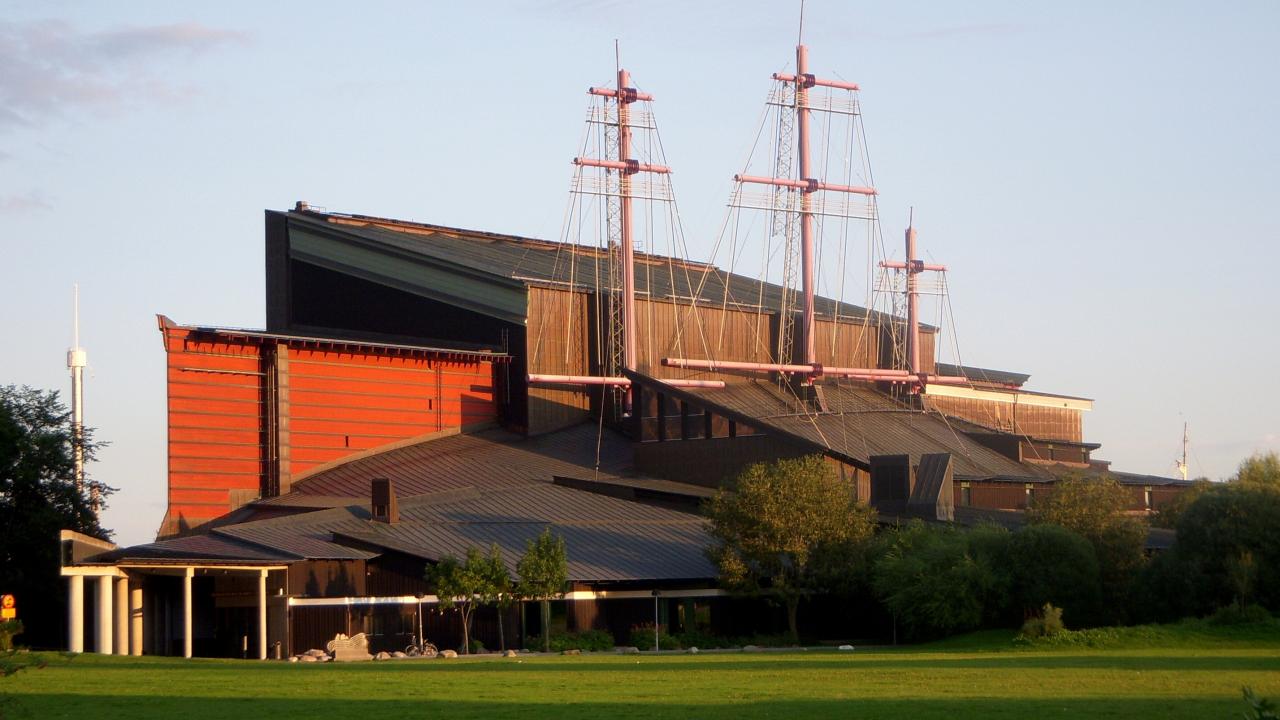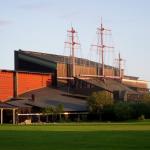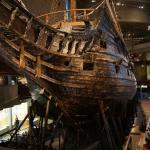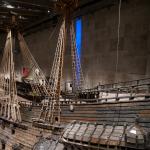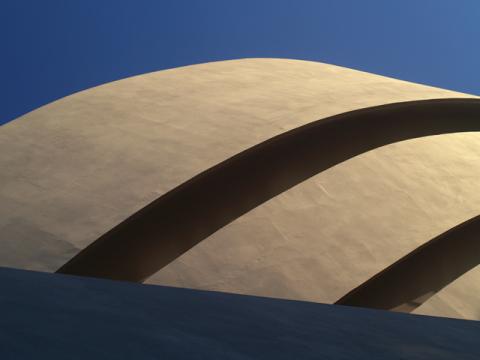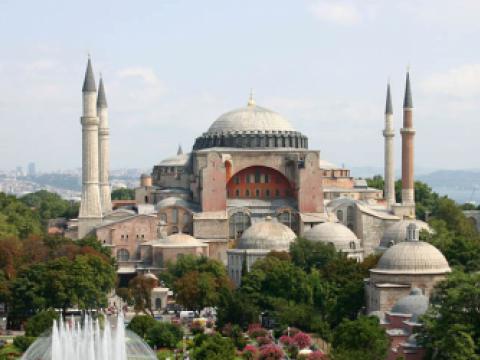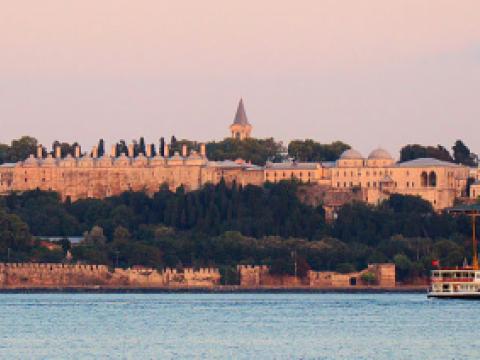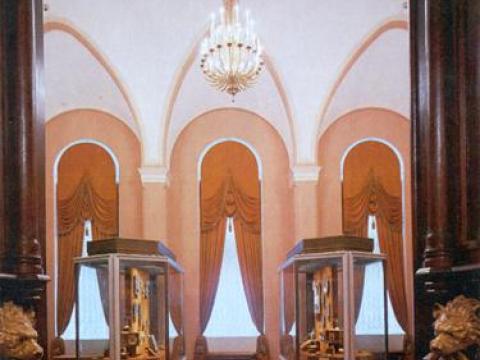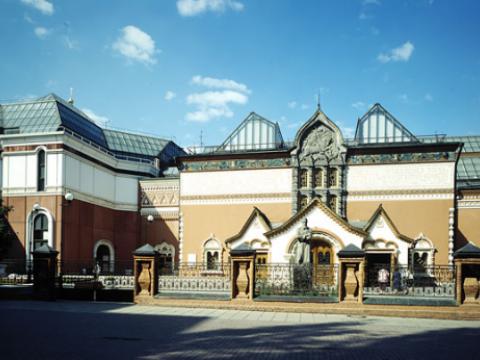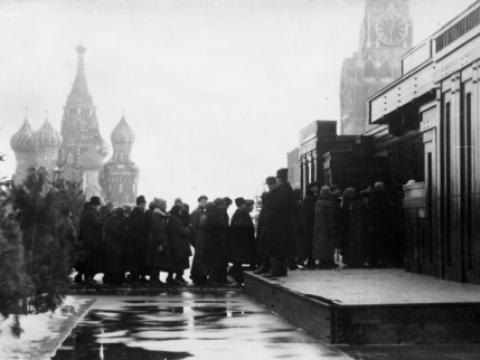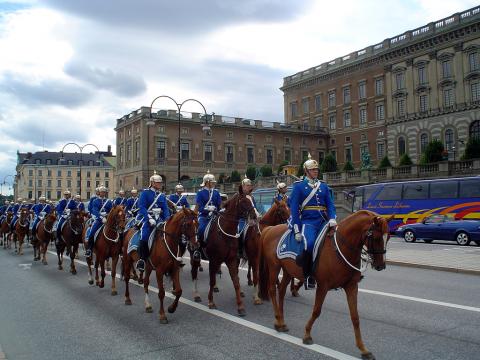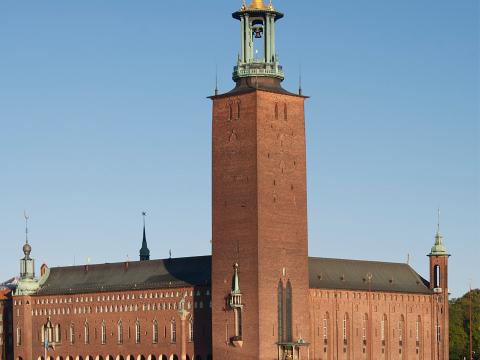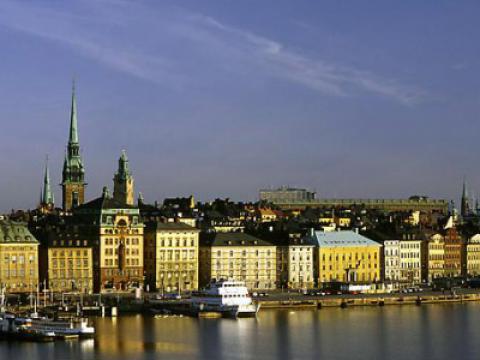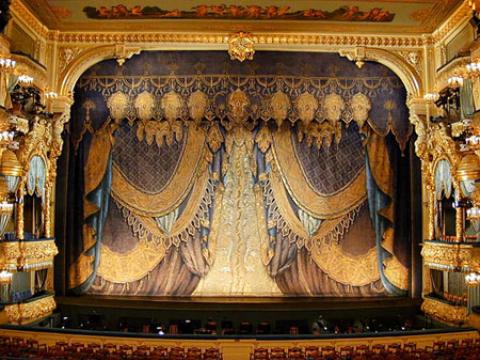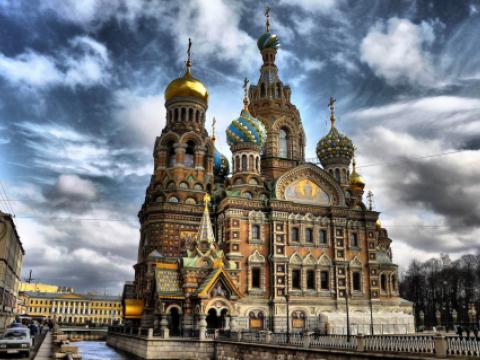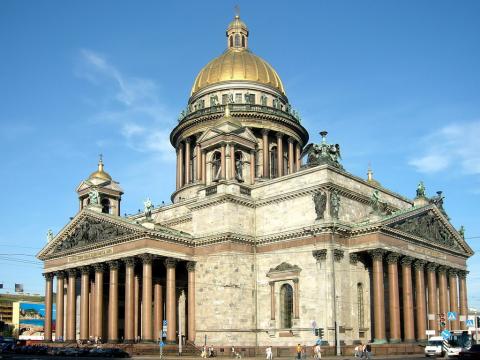Location
The Vasa warship was unlucky enough to sink on her first voyage in the 1628, right in front of Stockhlom where it left from. The maiden voyage lasted 15 minutes and the ship sailed 1300 meters. It took over 300 years before it was lifted up again in 1961 and after decades of reparation was made into a maritime museum. Today it stands on the Djurgarden island as the best preserved 17th century vessel.
Even though the bad luck was maximised during the maiden voyage, the ship itself is magnificiently beautiful. Over a million visitors every year came to the Vasa museum to see and feel first-hand what the life of sailors was like. Although, the Vasa never engaged in a battle, it was a powerful warship. Almost seventy meters long, it was the see home for 145 sailors and 300 soldiers. With more than 60 cannons, Vasa was a heavyweight fighter ship until sinking.
The tram 7 and the bus 44 serves Stockholm Nordiska museet/Vasa station.
Admission costs 130 SEK for adults and is free for children.







